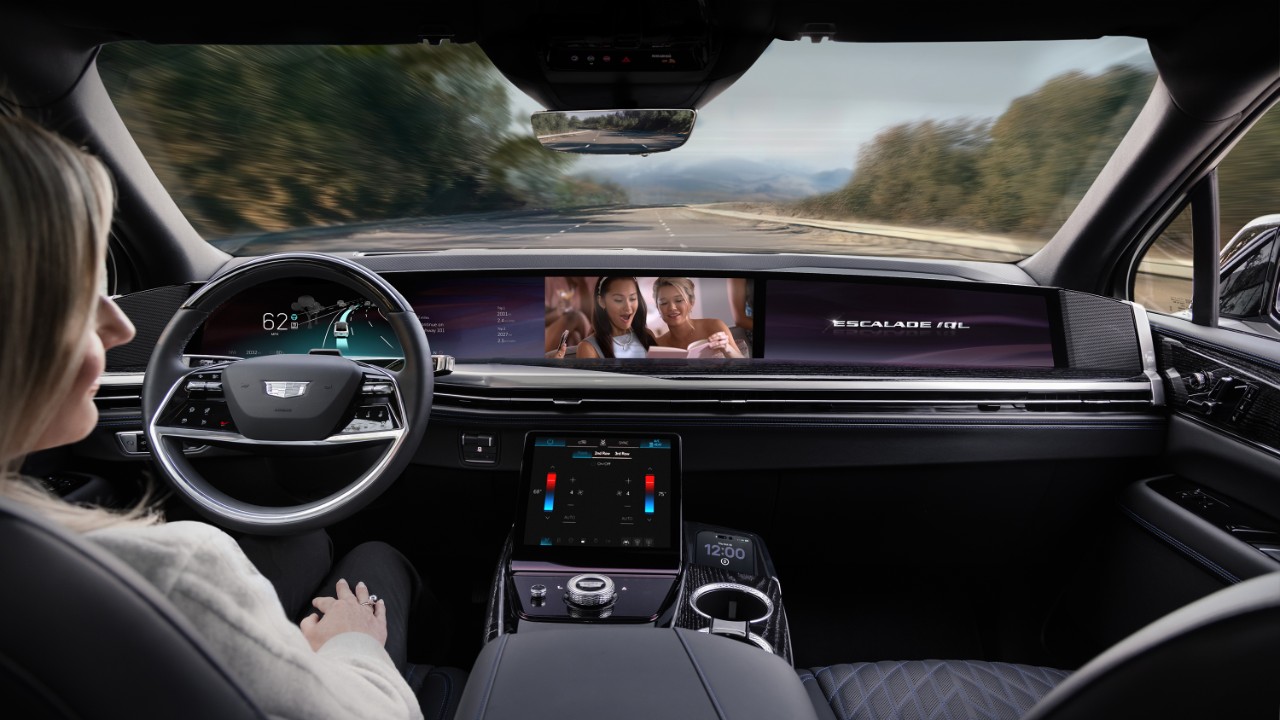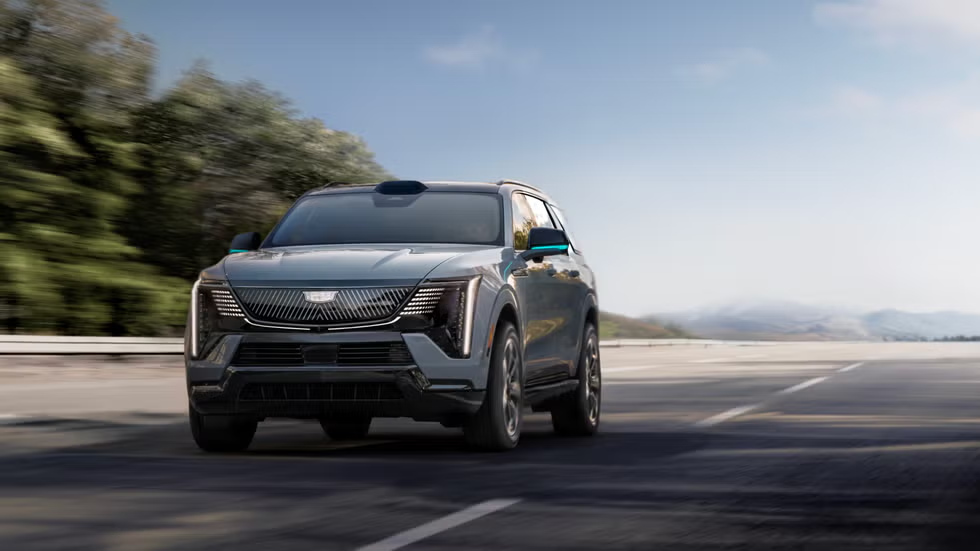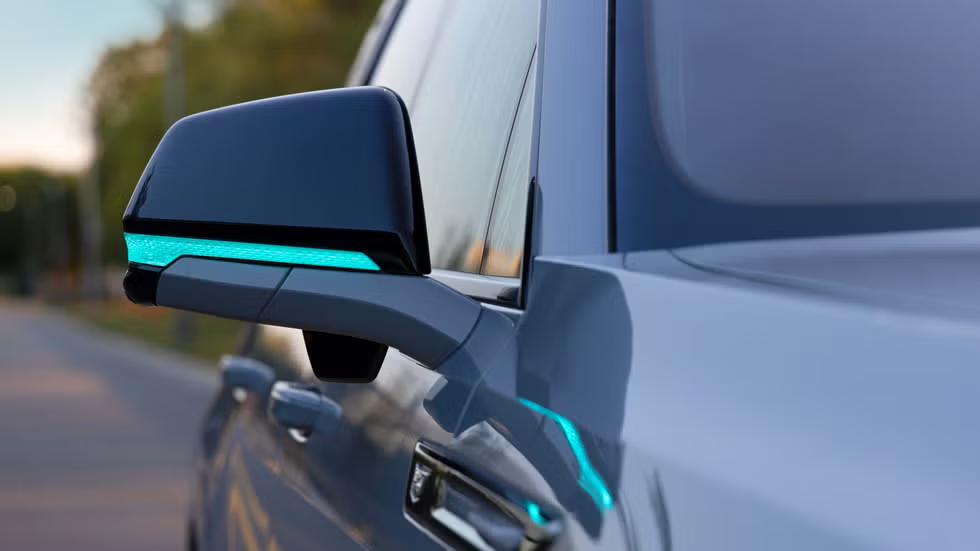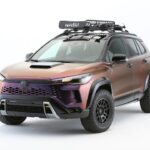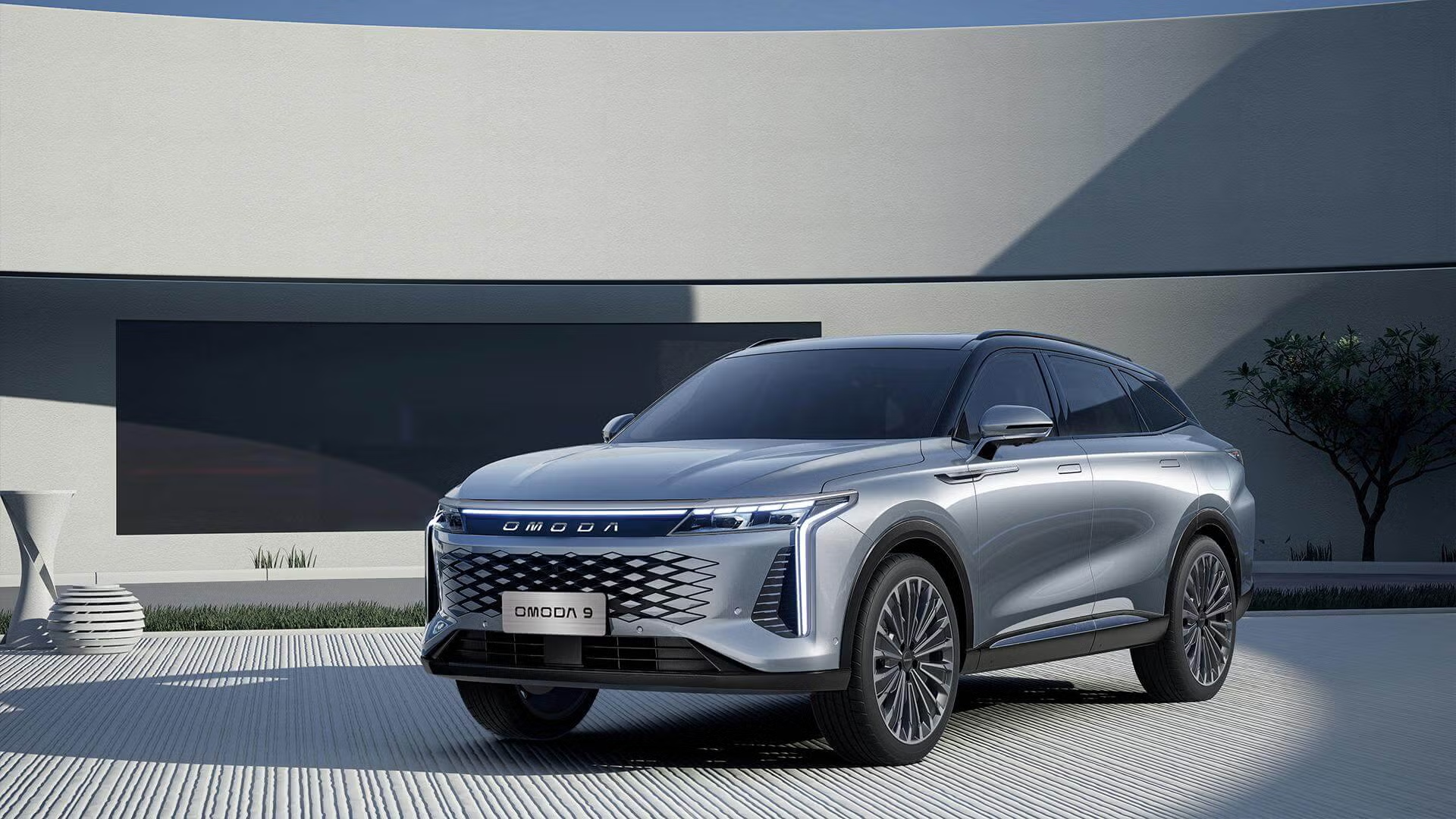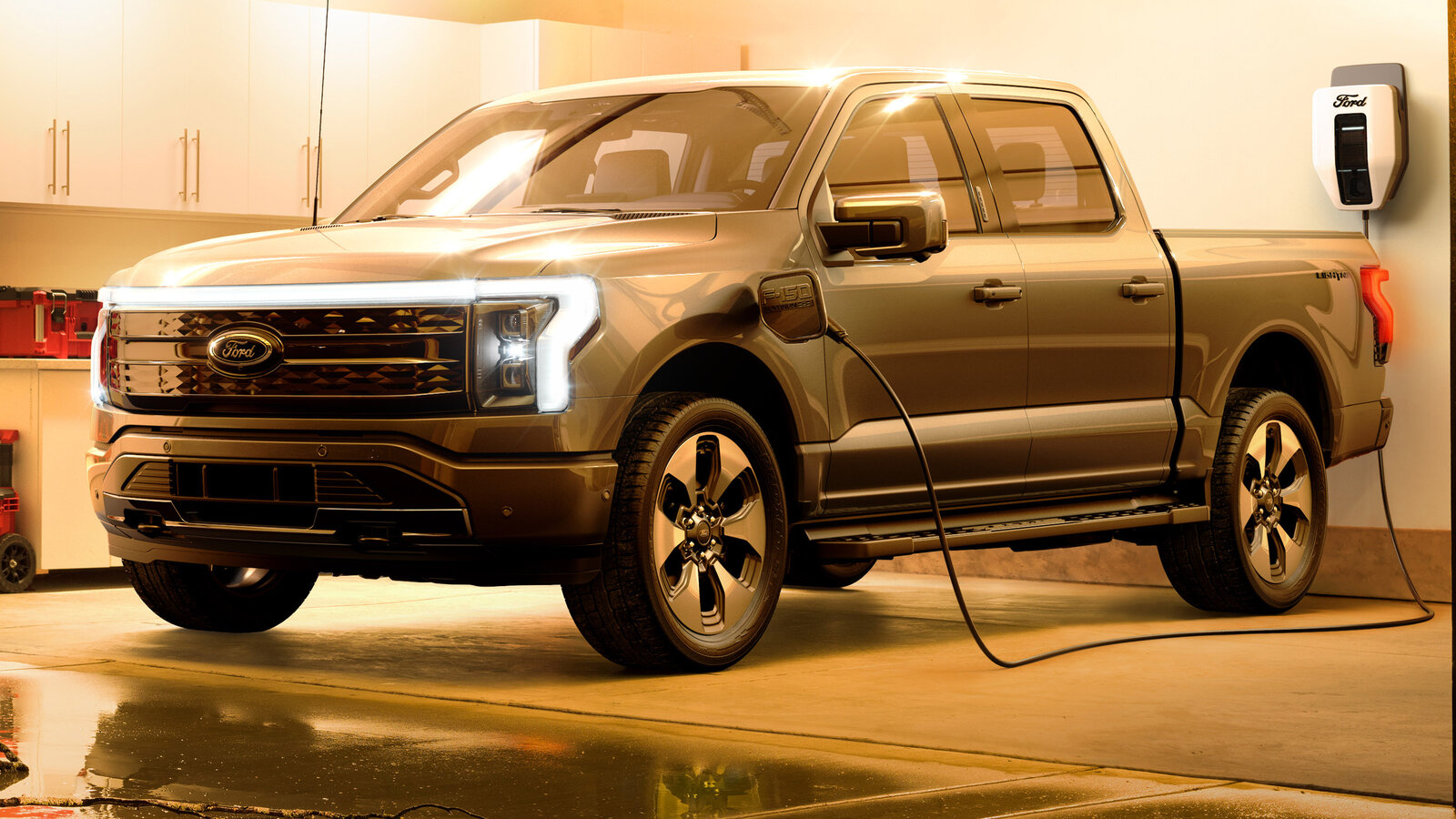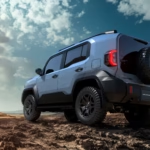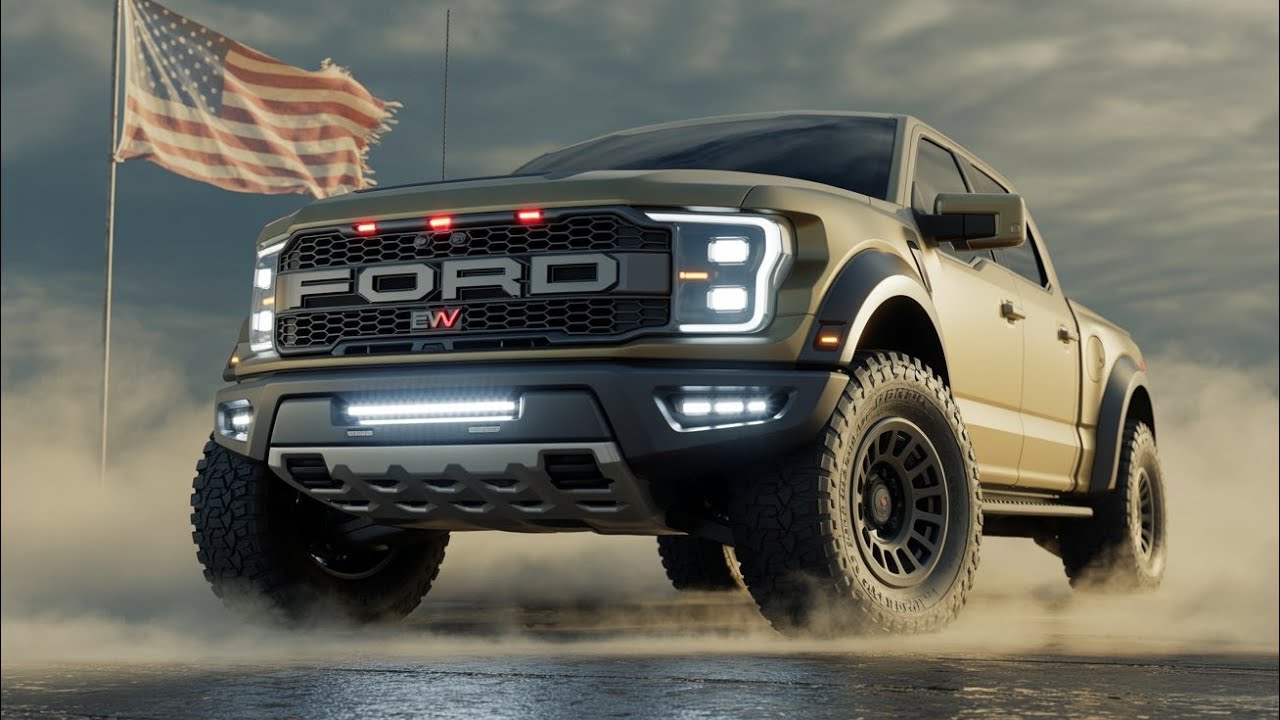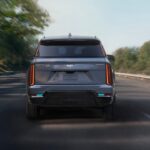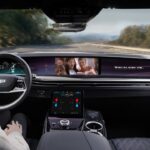GM’s 2028 Vision: Eyes-Off Driving, AI That Actually Talks Back, and a Computer That Runs Everything
General Motors just laid out its roadmap for the next few years, and it’s ambitious enough to raise eyebrows. At the GM Forward event in New York, CEO Mary Barra and her team outlined plans that include eyes-off autonomous driving by 2028, conversational AI powered initially by Google Gemini, and a complete overhaul of vehicle computing architecture. Whether they can deliver on all of it remains to be seen, but the scope is impressive.
Eyes-Off Driving: The Super Cruise Evolution
GM’s biggest announcement centers on bringing “eyes-off” driving to the 2028 Cadillac Escalade IQ. This goes beyond Super Cruise, their current hands-free system that still requires you to watch the road. Eyes-off means exactly what it sounds like—you can look away, do something else, and trust the vehicle to handle driving duties.
Here’s what GM has going for it: they’ve already mapped 600,000 miles of highways across North America for Super Cruise, and customers have logged 700 million miles using the system with zero reported crashes attributed to it. That’s a solid safety record. Add in over five million fully driverless miles from Cruise (GM’s autonomous subsidiary that’s had its share of struggles), and you’ve got substantial real-world data backing this next step.
The technology builds on Super Cruise’s existing framework—LiDAR mapping, real-time sensor fusion, driver monitoring cameras—but pushes capability further. Current Super Cruise tracks your eyes to ensure you’re paying attention. Eyes-off systems will need different monitoring strategies, likely focusing on overall alertness and readiness to retake control rather than constant visual attention.
What’s unclear is how robust this will be. Tesla’s Full Self-Driving (which isn’t actually full self-driving despite the name) can handle complex scenarios but still requires constant driver supervision. Mercedes offers Drive Pilot, which allows genuine eyes-off operation but only under very specific conditions: speeds below 40 mph, on mapped highways, in good weather, during daylight. GM’s version launching in 2028 needs to prove it can expand that envelope meaningfully while maintaining that zero-crash safety record.
Conversational AI: From Commands to Conversations
Starting in 2026, GM vehicles will integrate Google Gemini for conversational AI. This means you’ll be able to talk to your car like you’re having an actual conversation rather than barking commands at it. Ask a complex question about finding a charging station with specific amenities, or request route changes mid-journey, and the system should understand context and intent.
The interesting part comes later. GM plans to develop its own proprietary AI that learns your preferences and your vehicle’s specific characteristics. With your permission, it would access vehicle telemetry data, your driving patterns, and personal preferences to provide genuinely customized assistance.
Examples GM cited include explaining how one-pedal driving works in your specific EV model, spotting potential maintenance issues before they become problems (based on how your individual vehicle is performing), or suggesting restaurants along your route that match your dietary preferences and past choices. The OnStar connectivity backbone makes this possible by keeping vehicles constantly connected to cloud computing resources.
This sounds great in theory. In practice, we’ll see how well it works. Voice assistants have improved dramatically, but they still struggle with ambiguous requests, multiple people talking simultaneously, or understanding context across extended conversations. And there’s the privacy angle—how much vehicle and personal data are you comfortable sharing to make this AI assistant genuinely useful?
Computing Platform: One Brain to Rule Them All
The 2028 Escalade IQ will debut GM’s new centralized computing architecture. Instead of multiple separate computer modules scattered throughout the vehicle (one for infotainment, another for powertrain, another for safety systems, etc.), everything converges onto a single high-performance computing core.
GM claims this provides:
-
10x more over-the-air update capacity
-
1,000x more bandwidth between systems
-
Up to 35x more AI performance for autonomy functions
That bandwidth number is particularly important. Current vehicle architectures use multiple communication protocols (CAN bus, LIN bus, FlexRay, Ethernet) with varying data speeds. A centralized architecture running on high-speed Ethernet or similar modern protocols eliminates bottlenecks that currently prevent systems from sharing data quickly.
The practical benefits? Software updates can modify more vehicle functions more frequently. A handling improvement discovered in testing can be pushed to all vehicles via OTA update rather than requiring a service visit. New features can be added post-purchase if the underlying sensors and actuators support them.
This also simplifies manufacturing. Fewer separate control modules mean fewer components to source, assemble, and validate. It’s part of GM’s broader push to reduce vehicle complexity and improve profit margins—especially crucial as they navigate the expensive transition to electric vehicles.
Tesla, Rivian, and some Chinese EV makers already use centralized computing architectures. GM joining them by 2028 isn’t pioneering; it’s catching up. But better late than never, and the scale of GM’s production means once they make this transition, it affects millions of vehicles annually.
Robotics and Manufacturing: Where the Real Innovation Might Be
GM’s Autonomous Robotics Center (ARC) in Warren, Michigan (and a sister facility in Mountain View, California) employs over 100 specialists developing AI-powered manufacturing robots. These aren’t traditional industrial robots following pre-programmed motions. They’re adaptive systems that learn from decades of GM production data—telemetry, quality metrics, sensor feeds from thousands of existing robots.
The goal is manufacturing systems that improve themselves. A robot spots a pattern in quality issues, adjusts its process, and shares that learning with other robots performing similar tasks. Over time, this creates manufacturing environments that get more efficient and more consistent without constant human reprogramming.
GM is deploying collaborative robots (“cobots”) in U.S. assembly plants this year. These work alongside human employees rather than behind safety cages, handling repetitive or ergonomically challenging tasks while humans focus on work requiring judgment and dexterity.
This matters because manufacturing efficiency directly impacts EV profitability. Battery production and assembly remain expensive, and automakers need every possible cost reduction to make EVs price-competitive with combustion vehicles. If AI-powered robotics can shave even a few minutes off assembly time per vehicle or reduce defect rates by a percentage point, that translates to significant savings at scale.
Vehicle-to-Grid and Home Energy: The Bigger Battery Picture
GM’s pushing vehicle-to-grid (V2G) capability and home energy integration. Most new GM EVs can already provide backup power to homes with the right equipment. Soon they’ll be able to feed power back to the electrical grid during peak demand periods (and presumably get compensated for it).
Starting in 2026, GM will offer the full GM Energy Home System via lease. This bundles bi-directional EV charging with a stationary home battery, all managed through a smartphone app. Initially it’s for GM EV owners, then expands to other homeowners interested in backup power and solar integration.
This positions GM’s EVs as energy storage assets beyond transportation. Your Silverado EV or Blazer EV becomes part of your home’s energy ecosystem, charging when electricity is cheap (typically overnight), providing backup during outages, and potentially selling power back to the grid during peak afternoon demand when rates are high.
The economics need to work for customers to adopt this broadly. Battery degradation from frequent charge-discharge cycles is a concern—will V2G use void battery warranties or reduce longevity? What compensation will utilities provide for grid services? How seamless is the user experience?
Ford has pursued similar strategies with F-150 Lightning’s home backup capability. Tesla offers Powerwall home batteries but hasn’t broadly enabled V2G on its vehicles. GM’s scale could make this mainstream if they get the details right.
What This Really Means
GM’s announcements signal a company trying to redefine itself as a technology company that happens to build cars rather than a car company that happens to use technology. That’s the same transformation every traditional automaker is attempting with varying degrees of success.
The skeptical view: GM has promised technology breakthroughs before that didn’t materialize on schedule. Cruise was supposed to revolutionize urban mobility but instead faced regulatory scrutiny and operational challenges. GM’s Ultium EV platform encountered production delays and cost overruns. The company’s software efforts have historically lagged competitors.
The optimistic view: GM has the manufacturing scale, resources, and institutional experience to make this work if they execute properly. They’re not promising pie-in-the-sky concepts—eyes-off driving, conversational AI, and centralized computing are all technologies that exist in various forms today. GM is planning to integrate and scale them across a mass-market vehicle lineup.
The realistic assessment probably sits somewhere between. Some of these initiatives will succeed, others will face delays or require iteration. The 2028 timeline for eyes-off driving and the new computing platform is far enough out to be plausible but close enough to hold them accountable.
What’s certain is that GM recognizes the automotive industry is in fundamental transition. The question isn’t whether vehicles will become more automated, more connected, and more software-defined. The question is which automakers successfully navigate that transition while maintaining profitability and customer trust. GM is placing some big bets that they can be among the winners.
